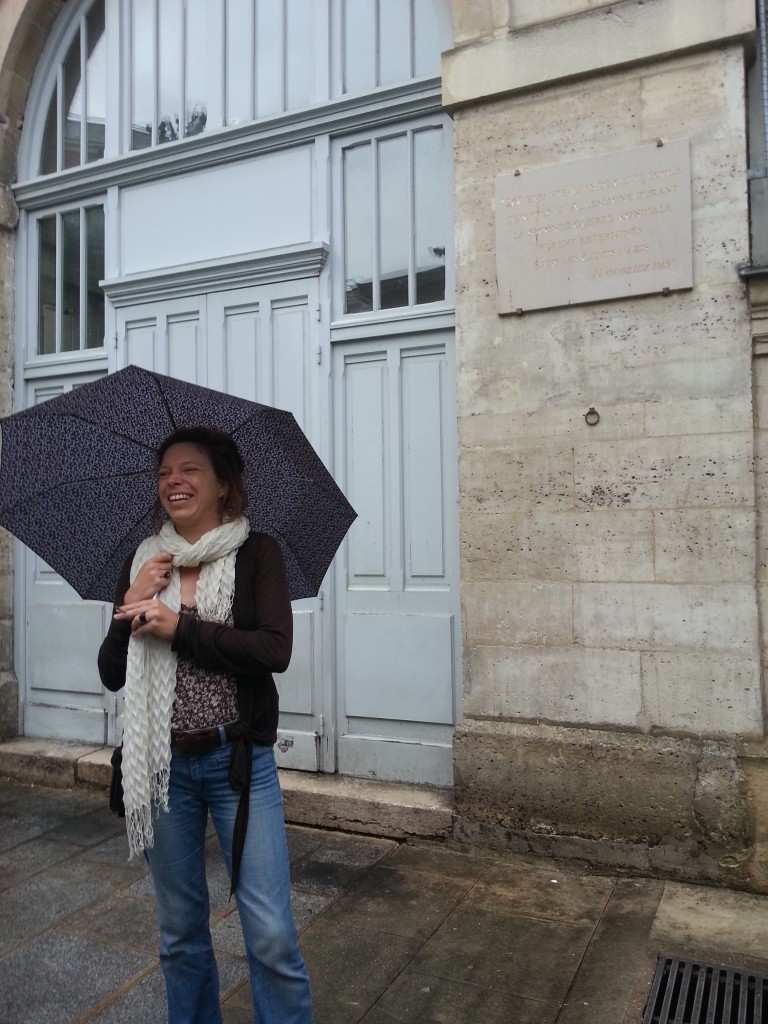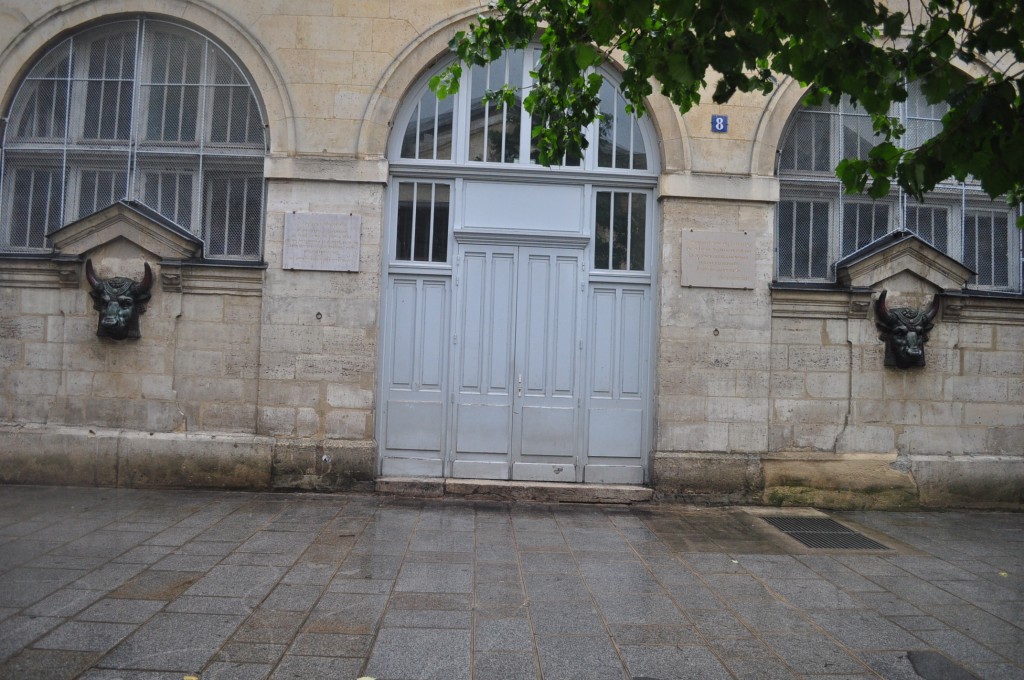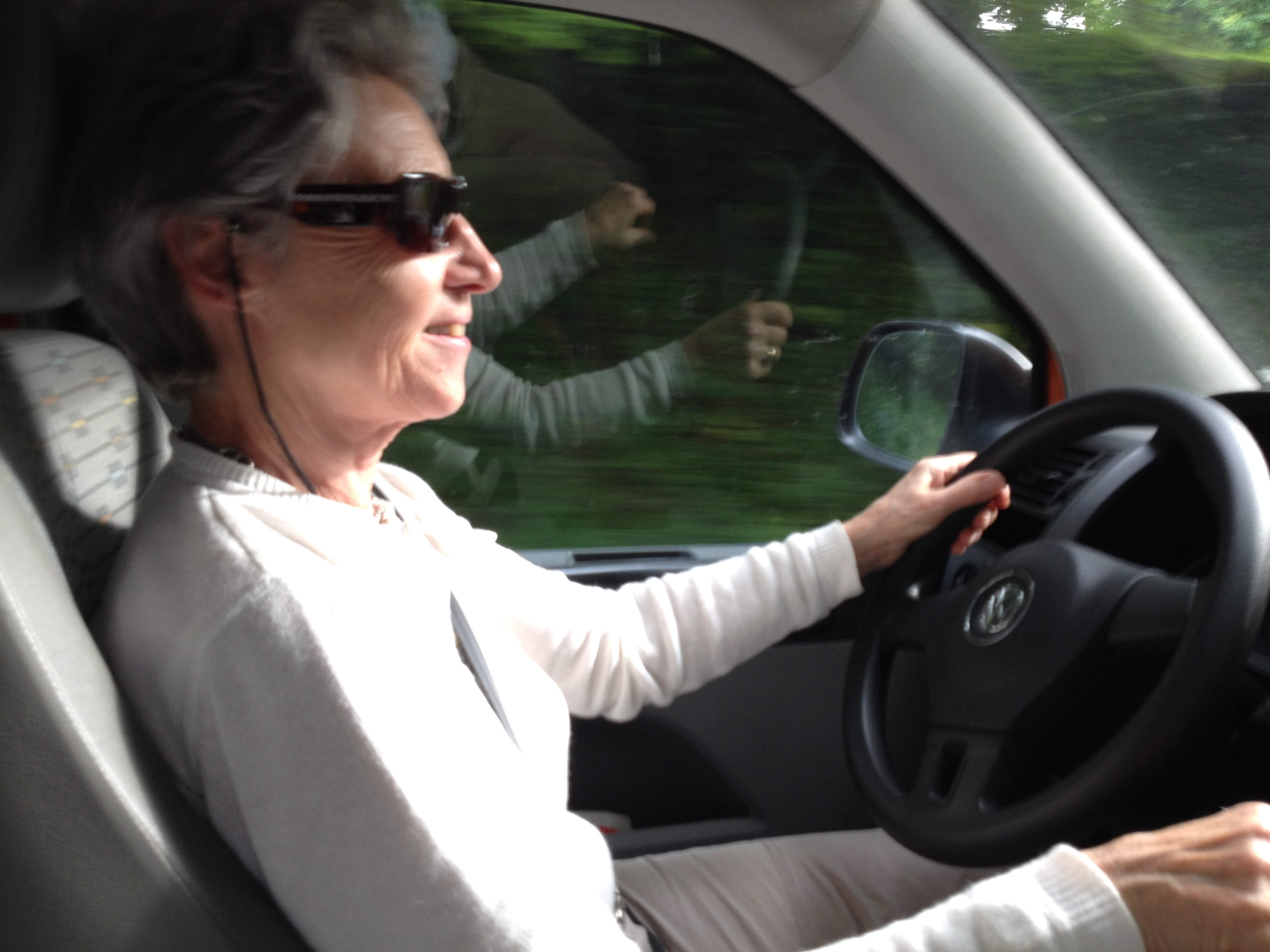
This gallery contains 4 photos →


This gallery contains 4 photos →
By Mike Griffen
Halfway down the Rue des Hospitalières-Saint-Gervais, in the predominately Jewish neighborhood of Marais, in Paris’ IV arrondissement, is Ecole des Hospitalières-Saint-Gervais. At first glance, one would not suspect that it is a school; two magnificent bronze ox-head sculptures decorate the facade and, blending in with the limestone pillars on both sides of the entryway, are two plaques. The plates serve as memorials to the 165 Jewish elementary school children and their instructor who perished as a result of the Nazi’s “Final Solution.”
Joseph Migneret the head of Ecole des Hospitalières-Saint-Gervais, watched as his school’s population was nearly wiped out. After only four students showed up for the first day in 1942 Migneret, a non-Jew, joined an underground network in an effort to help his students and their families escape. He became active in an underground network which helped French Jews and many of his students flee Nazi territory by giving them paperwork of non-Jewish Frenchman.
None of the children that were deported from Ecole des Hospitalières-Saint-Gervais survived the Holocaust but through the effort of Migneret and people like him, the lives of dozens of people were saved.

This gallery contains 5 photos →

On the 70th anniversary of D-Day, Chantel Sion reflects on the days when German soldiers occupied her family’s Normandy home.
By Devin Leith-Yessian
Driving through the quiet farms and villages that once hosted one of the most intense battles in history, Chantel (Lepetit) Sion reflected on the days when German soldiers occupied her family’s Normandy home. Despite being only being two years old when her village was liberated, her family has kept the memory of those times alive.
In the midst of the war, German soldiers took control of Sion’s expansive home and forced the family, a total of seven people, to live in a single room. This was a regular occurrence in homes across France and, according to Sion, every home in her village had a similar story, with the buildings being used to house the German soldiers and their equipment.
Despite the autocratic control Germany imposed on France, Sion said that daily life didn’t change dramatically during the occupation. For example, her brothers would wake up and walk themselves to school most days, passing German soldiers inside and outside their home. “Everything [was] almost normal,” Sion said.
Over two and a half months after D-day, the British 51st “Highland” Division fought their way to Sion’s village liberating it on August 25th. During the battle they had assistance from other British divisions and Canadian troops. They then quickly moved on to liberate the village Ecajeul.
Sion said that many French don’t blame the German soldiers who took their lands so many years ago. They instead place it on the Nazi party, creating a clear distinction between the average soldier and their leaders who ordered the SS to create death camps and other atrocities. In the eyes of many French, those foot soldiers were often just ordinary people who were called upon to fight for their country, as misguided as it was.
Today many of these villages are littered with memorials to the battles that took place there and the soldiers who gave their lives to liberate people they had never met. Despite the passage of time and the toll of foreign wars the people of Normandy are adamant about never forgetting what happened in their homes and those of their neighbors 70 years ago.
Video by Ashley DeMarco
By Sean Begin History is the collective memory of countries, of societies, of cultures passed down orally originally and then through writing as civilization advanced. Some parts of the world, naturally, have a deeper history than others. For France, that…